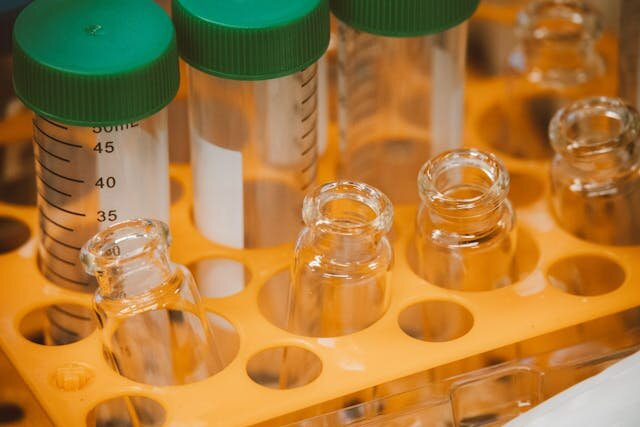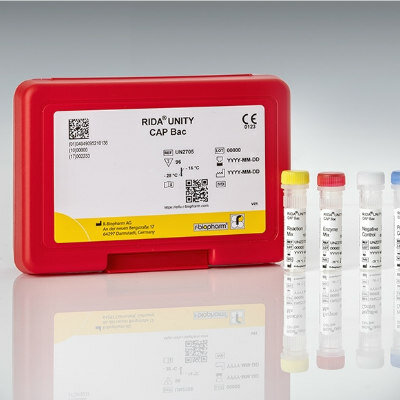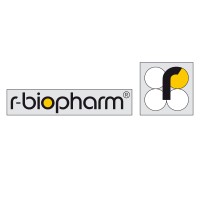Finnish Study Describes Activators of SIRT6 Gene
|
By LabMedica International staff writers Posted on 17 Apr 2018 |
A team of Finnish researchers conducted a study to evaluate the differences in chemical features between inhibitors and activators of the cancer-related SIRT6 gene.
SIRT6 (Sirtuin 6) is a chromatin-associated enzyme that is required for normal base excision repair of DNA damage in mammalian cells. Deficiency of SIRT6 in mice leads to abnormalities that overlap with aging-associated degenerative processes. SIRT6 also promotes the repair of DNA double-strand breaks by the process of non-homologous end joining.
Flavonoids are polyphenolic secondary metabolites synthesized by plants and fungi with various pharmacological effects. Due to their many classes of biological activity, they have been studied extensively in drug development. Flavonoids have been shown to modulate the activity of a NAD+-dependent histone deacetylase, SIRT6. Since SIRT6 has been implicated in longevity, metabolism, DNA-repair, and inflammatory response reduction, it is an interesting target in inflammatory and metabolic diseases as well as in cancer.
Investigators at the University of Eastern Finland (Kuopio, Finland) reported in the March 7, 2018, online edition of the journal Scientific Reports that flavonoids could alter SIRT6 activity in a structure dependent manner. Catechin derivatives with galloyl moiety displayed significant inhibition potency against SIRT6 at 10 microMolar concentration. The most potent SIRT6 activator, cyanidin, belonged to the family of anthocyanidins, and produced a 55-fold increase in SIRT6 activity compared to the three to 10-fold increase for the others. Cyanidin was also found to significantly increase SIRT6 expression in human colon adenocarcinoma Caco-2 cells. Cyanidin also decreased the expression of the TWIST1 and GLUT1 cancer promoter genes in Caco-2 cells, while increasing the expression of the tumor suppressor FOXO3 gene in the cells.
Results from docking studies indicated possible binding sites for SIRT6 inhibitors and activators. Inhibitors likely attached in a manner that could disturb NAD+ binding. The putative activator-binding site was found next to a loop near the acetylated peptide substrate-binding site. In some cases, the activators changed the conformation of this loop suggesting that it might play a role in SIRT6 activation.
"The most interesting results of our study relate to cyanidin, which is an anthocyanin found abundantly in wild bilberry, blackcurrant, and lingonberry," said first author Dr. Minna Rahnasto-Rilla, pharmacology researcher at the University of Eastern Finland.
Related Links:
University of Eastern Finland
SIRT6 (Sirtuin 6) is a chromatin-associated enzyme that is required for normal base excision repair of DNA damage in mammalian cells. Deficiency of SIRT6 in mice leads to abnormalities that overlap with aging-associated degenerative processes. SIRT6 also promotes the repair of DNA double-strand breaks by the process of non-homologous end joining.
Flavonoids are polyphenolic secondary metabolites synthesized by plants and fungi with various pharmacological effects. Due to their many classes of biological activity, they have been studied extensively in drug development. Flavonoids have been shown to modulate the activity of a NAD+-dependent histone deacetylase, SIRT6. Since SIRT6 has been implicated in longevity, metabolism, DNA-repair, and inflammatory response reduction, it is an interesting target in inflammatory and metabolic diseases as well as in cancer.
Investigators at the University of Eastern Finland (Kuopio, Finland) reported in the March 7, 2018, online edition of the journal Scientific Reports that flavonoids could alter SIRT6 activity in a structure dependent manner. Catechin derivatives with galloyl moiety displayed significant inhibition potency against SIRT6 at 10 microMolar concentration. The most potent SIRT6 activator, cyanidin, belonged to the family of anthocyanidins, and produced a 55-fold increase in SIRT6 activity compared to the three to 10-fold increase for the others. Cyanidin was also found to significantly increase SIRT6 expression in human colon adenocarcinoma Caco-2 cells. Cyanidin also decreased the expression of the TWIST1 and GLUT1 cancer promoter genes in Caco-2 cells, while increasing the expression of the tumor suppressor FOXO3 gene in the cells.
Results from docking studies indicated possible binding sites for SIRT6 inhibitors and activators. Inhibitors likely attached in a manner that could disturb NAD+ binding. The putative activator-binding site was found next to a loop near the acetylated peptide substrate-binding site. In some cases, the activators changed the conformation of this loop suggesting that it might play a role in SIRT6 activation.
"The most interesting results of our study relate to cyanidin, which is an anthocyanin found abundantly in wild bilberry, blackcurrant, and lingonberry," said first author Dr. Minna Rahnasto-Rilla, pharmacology researcher at the University of Eastern Finland.
Related Links:
University of Eastern Finland
Latest BioResearch News
- Genome Analysis Predicts Likelihood of Neurodisability in Oxygen-Deprived Newborns
- Gene Panel Predicts Disease Progession for Patients with B-cell Lymphoma
- New Method Simplifies Preparation of Tumor Genomic DNA Libraries
- New Tool Developed for Diagnosis of Chronic HBV Infection
- Panel of Genetic Loci Accurately Predicts Risk of Developing Gout
- Disrupted TGFB Signaling Linked to Increased Cancer-Related Bacteria
- Gene Fusion Protein Proposed as Prostate Cancer Biomarker
- NIV Test to Diagnose and Monitor Vascular Complications in Diabetes
- Semen Exosome MicroRNA Proves Biomarker for Prostate Cancer
- Genetic Loci Link Plasma Lipid Levels to CVD Risk
- Newly Identified Gene Network Aids in Early Diagnosis of Autism Spectrum Disorder
- Link Confirmed between Living in Poverty and Developing Diseases
- Genomic Study Identifies Kidney Disease Loci in Type I Diabetes Patients
- Liquid Biopsy More Effective for Analyzing Tumor Drug Resistance Mutations
- New Liquid Biopsy Assay Reveals Host-Pathogen Interactions
- Method Developed for Enriching Trophoblast Population in Samples
Channels
Clinical Chemistry
view channel
‘Brilliantly Luminous’ Nanoscale Chemical Tool to Improve Disease Detection
Thousands of commercially available glowing molecules known as fluorophores are commonly used in medical imaging, disease detection, biomarker tagging, and chemical analysis. They are also integral in... Read more
Low-Cost Portable Screening Test to Transform Kidney Disease Detection
Millions of individuals suffer from kidney disease, which often remains undiagnosed until it has reached a critical stage. This silent epidemic not only diminishes the quality of life for those affected... Read more
New Method Uses Pulsed Infrared Light to Find Cancer's 'Fingerprints' In Blood Plasma
Cancer diagnoses have traditionally relied on invasive or time-consuming procedures like tissue biopsies. Now, new research published in ACS Central Science introduces a method that utilizes pulsed infrared... Read moreMolecular Diagnostics
view channel
Blood Biomarker Test Could Detect Genetic Predisposition to Alzheimer’s
New medications for Alzheimer’s disease, the most common form of dementia, are now becoming available. These treatments, known as “amyloid antibodies,” work by promoting the removal of small deposits from... Read more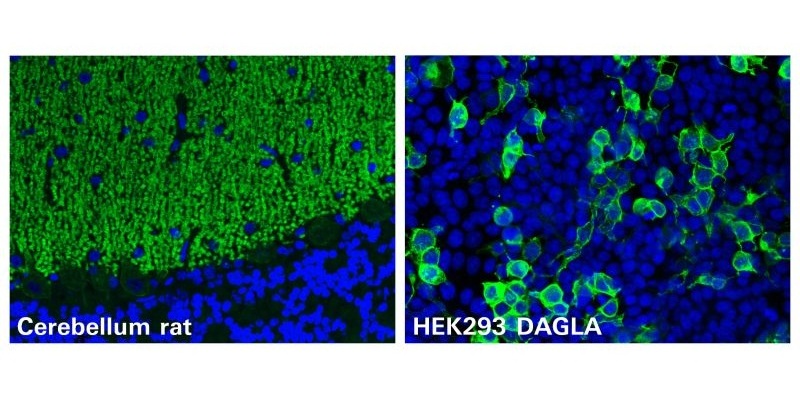
Novel Autoantibody Against DAGLA Discovered in Cerebellitis
Autoimmune cerebellar ataxias are strongly disabling disorders characterized by an impaired ability to coordinate muscle movement. Cerebellar autoantibodies serve as useful biomarkers to support rapid... Read more
Gene-Based Blood Test Accurately Predicts Tumor Recurrence of Advanced Skin Cancer
Melanoma, an aggressive form of skin cancer, becomes extremely difficult to treat once it spreads to other parts of the body. For patients with metastatic melanoma tumors that cannot be surgically removed... Read moreHematology
view channel
New Scoring System Predicts Risk of Developing Cancer from Common Blood Disorder
Clonal cytopenia of undetermined significance (CCUS) is a blood disorder commonly found in older adults, characterized by mutations in blood cells and a low blood count, but without any obvious cause or... Read more
Non-Invasive Prenatal Test for Fetal RhD Status Demonstrates 100% Accuracy
In the United States, approximately 15% of pregnant individuals are RhD-negative. However, in about 40% of these cases, the fetus is also RhD-negative, making the administration of RhoGAM unnecessary.... Read moreImmunology
view channel
Stem Cell Test Predicts Treatment Outcome for Patients with Platinum-Resistant Ovarian Cancer
Epithelial ovarian cancer frequently responds to chemotherapy initially, but eventually, the tumor develops resistance to the therapy, leading to regrowth. This resistance is partially due to the activation... Read more
Machine Learning-Enabled Blood Test Predicts Immunotherapy Response in Lymphoma Patients
Chimeric antigen receptor (CAR) T-cell therapy has emerged as one of the most promising recent developments in the treatment of blood cancers. However, over half of non-Hodgkin lymphoma (NHL) patients... Read moreMicrobiology
view channel
Handheld Device Delivers Low-Cost TB Results in Less Than One Hour
Tuberculosis (TB) remains the deadliest infectious disease globally, affecting an estimated 10 million people annually. In 2021, about 4.2 million TB cases went undiagnosed or unreported, mainly due to... Read more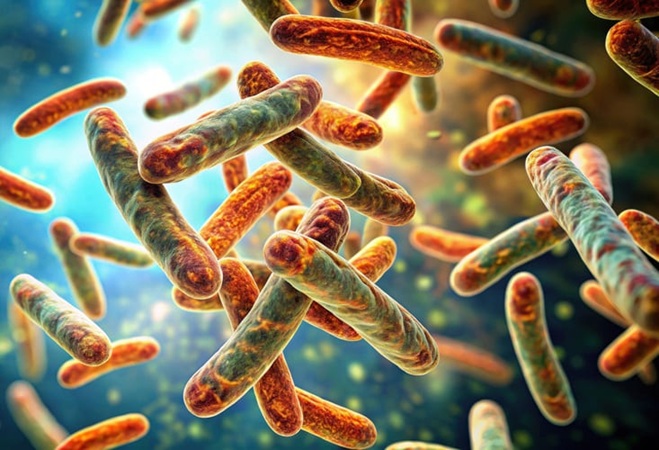
New AI-Based Method Improves Diagnosis of Drug-Resistant Infections
Drug-resistant infections, particularly those caused by deadly bacteria like tuberculosis and staphylococcus, are rapidly emerging as a global health emergency. These infections are more difficult to treat,... Read more
Breakthrough Diagnostic Technology Identifies Bacterial Infections with Almost 100% Accuracy within Three Hours
Rapid and precise identification of pathogenic microbes in patient samples is essential for the effective treatment of acute infectious diseases, such as sepsis. The fluorescence in situ hybridization... Read morePathology
view channel
Novel UV and Machine Learning-Aided Method Detects Microbial Contamination in Cell Cultures
Cell therapy holds great potential in treating diseases such as cancers, inflammatory conditions, and chronic degenerative disorders by manipulating or replacing cells to restore function or combat disease.... Read more
New Error-Corrected Method to Help Detect Cancer from Blood Samples Alone
"Liquid biopsy" technology, which relies on blood tests for early cancer detection and monitoring cancer burden in patients, has the potential to transform cancer care. However, detecting the mutational... Read more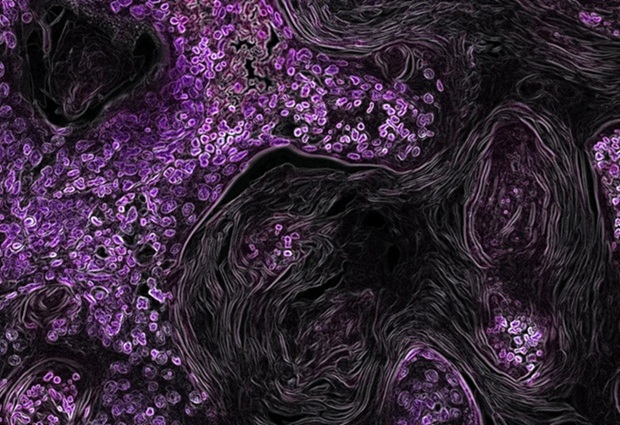
"Metal Detector" Algorithm Hunts Down Vulnerable Tumors
Scientists have developed an algorithm capable of functioning as a "metal detector" to identify vulnerable tumors, marking a significant advancement in personalized cancer treatment. This breakthrough... Read more
Novel Technique Uses ‘Sugar’ Signatures to Identify and Classify Pancreatic Cancer Cell Subtypes
Pancreatic cancer is often asymptomatic in its early stages, making it difficult to detect until it has progressed. Consequently, only 15% of pancreatic cancers are diagnosed early enough to allow for... Read moreTechnology
view channel
Disposable Microchip Technology Could Selectively Detect HIV in Whole Blood Samples
As of the end of 2023, approximately 40 million people globally were living with HIV, and around 630,000 individuals died from AIDS-related illnesses that same year. Despite a substantial decline in deaths... Read more
Pain-On-A-Chip Microfluidic Device Determines Types of Chronic Pain from Blood Samples
Chronic pain is a widespread condition that remains difficult to manage, and existing clinical methods for its treatment rely largely on self-reporting, which can be subjective and especially problematic... Read more
Innovative, Label-Free Ratiometric Fluorosensor Enables More Sensitive Viral RNA Detection
Viruses present a major global health risk, as demonstrated by recent pandemics, making early detection and identification essential for preventing new outbreaks. While traditional detection methods are... Read moreIndustry
view channel
Cepheid and Oxford Nanopore Technologies Partner on Advancing Automated Sequencing-Based Solutions
Cepheid (Sunnyvale, CA, USA), a leading molecular diagnostics company, and Oxford Nanopore Technologies (Oxford, UK), the company behind a new generation of sequencing-based molecular analysis technologies,... Read more
Grifols and Tecan’s IBL Collaborate on Advanced Biomarker Panels
Grifols (Barcelona, Spain), one of the world’s leading producers of plasma-derived medicines and innovative diagnostic solutions, is expanding its offer in clinical diagnostics through a strategic partnership... Read more







